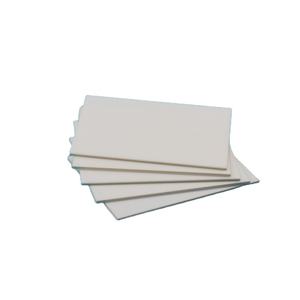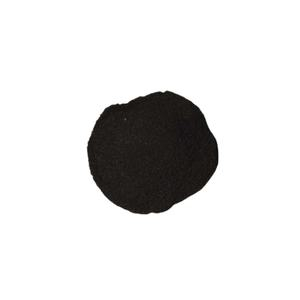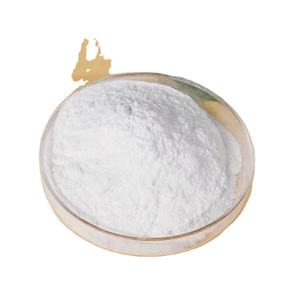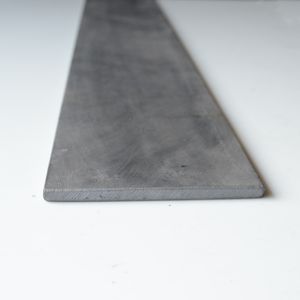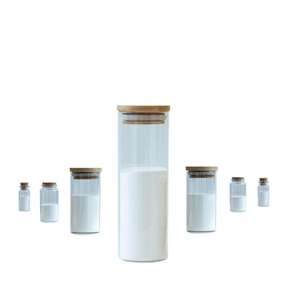** Industrial Copper Tube: 10 Ways to Cut Copper Tube **.
## Intro to Industrial Copper Tubes
Copper tubes are extensively utilized in heating and cooling systems, plumbing, refrigeration, and commercial piping as a result of their superb thermal conductivity, deterioration resistance, and malleability. In industrial setups, reducing copper tubes precisely and effectively is crucial for guaranteeing leak-free joints and optimum system efficiency.
(Copper Pipe of Copper Group)
Different applications demand various reducing techniques based upon tube diameter, wall density, production volume, and needed side top quality. This post checks out 10 specialist techniques for reducing copper tubes, each tailored to details operational demands and technological restraints.
## 1. Guidebook Tube Cutter
The hands-on tube cutter is one of one of the most frequently utilized devices for reducing copper tubing in field procedures and small installments. It normally consists of a solidified steel wheel installed on an adjustable framework that revolves around television as the operator tightens up the blade incrementally.
This method produces tidy, square cuts without creating burrs or warping television ends, making it suitable for soft stiff copper tubing. Nonetheless, it might not be suitable for large-diameter or thick-walled tubes due to the exertion needed and potential for unequal stress distribution.
## 2. Rotary Tube Cutter
A rotary tube cutter is a powered version of the manual tube cutter, typically utilized in production or fabrication environments where high-volume cutting is required. The gadget uses a motor-driven cutting wheel that rotates around the tube, applying constant stress till the cut is total.
This method makes sure uniformity and accuracy, specifically when reducing copper tubes with regular diameters. It minimizes product waste and operator fatigue while keeping high repeatability, which is important in commercial production lines.
## 3. Hacksaw Cutting
Hacksaw cutting stays a trustworthy technique for cutting copper tubes, specifically in situations where power devices are unavailable or where room limitations limit using advanced tools. A fine-toothed blade (typically 18– 32 teeth per inch) is recommended to stop galling and make sure a smooth coating.
While this technique offers adaptability and control, it needs skill and patience to achieve straight, burr-free cuts. Furthermore, the hand-operated nature of hacksawing makes it much less efficient contrasted to mechanized choices, particularly for repeated or large-scale tasks.
## 4. Abrasive Cutting (Cut-Off Wheel)
Rough cutting includes making use of a high-speed cut-off wheel made of materials such as aluminum oxide or silicon carbide to cut with copper tubes. This technique is commonly utilized with angle mills or bench-mounted cutoff makers.
(Copper Pipe of Copper Group)
It is specifically effective for cutting thick-walled or hard-drawn copper tubes where mechanical shearing could trigger contortion. Nonetheless, rough reducing generates warmth and metal particles, calling for appropriate cooling and post-cut cleaning to get rid of particles and oxide layers from the cut surface area.
## 5. Band Saw Trimming
Band saws are extensively used in industrial workshops for cutting copper tubes to specific sizes. These devices employ a continuous toothed blade that relocates a loophole, making it possible for controlled and regular cuts across different tube dimensions.
Band saw reducing is well-suited for both round and shaped copper tubing and enables automated feeding systems to enhance efficiency. The major factors to consider include picking the appropriate blade pitch and making sure adequate lubrication to minimize device wear and preserve cut high quality.
## 6. Laser Cutting
Laser reducing stands for a high-precision technique for cutting copper tubes, specifically in automated production or custom-made construction environments. Fiber or carbon monoxide two lasers can be used depending on the reflectivity and thermal residential or commercial properties of the copper alloy.
This non-contact procedure delivers tidy, burr-free edges with marginal material distortion, making it excellent for complex geometries and thin-wall tubing. Nonetheless, copper’s high thermal conductivity and reflectivity position obstacles that need sophisticated light beam control and help gases like oxygen or nitrogen.
## 7. Waterjet Cutting
Waterjet cutting is a cold-cutting procedure that utilizes a high-pressure stream of water combined with unpleasant particles to specifically puncture copper tubes. It is specifically beneficial for applications where thermal distortion or product deterioration should be prevented.
This method can producing elaborate forms and attaining tight tolerances without changing the metallurgical residential properties of the copper. Although slower than a few other cutting techniques, waterjet cutting is extremely functional and appropriate for both thin and thick-walled copper tubes.
## 8. Guillotine Shearing
Guillotine shearing is a quick and effective technique for cutting copper tubes wholesale production settings. It utilizes a sharp, vertically relocating blade that cuts via the tube versus a taken care of reduced die.
Finest suited for softer copper qualities and smaller sizes, guillotine shearing provides rapid cycle times and cost-effectiveness. However, it might result in mild side deformation or burring, requiring secondary completing operations such as deburring or chamfering.
## 9. Round Saw Reducing
Circular saw cutting uses a toothed or abrasive circular blade rotating at broadband to cut copper tubes. This approach is often integrated right into automatic production lines where high throughput and dimensional precision are critical.
Contrasted to unpleasant cutting, round saws supply cleaner cuts with lowered kerf loss and better edge quality. Appropriate choice of blade material (e.g., carbide-tipped) and reducing criteria is essential to prevent job solidifying and tool wear throughout continuous operation.
## 10. CNC Tube Reducing Machines
Computer System Numerical Control (CNC) tube cutting devices represent the peak of automation and precision in industrial copper tube handling. These devices combine laser, plasma, or mechanical cutting heads with programmable controls to carry out complicated cuts with high repeatability.
CNC systems enable multi-axis cutting, beveling, and profiling, making them important in sectors such as aerospace, auto, and heating and cooling component production. They substantially minimize labor prices, improve security, and boost general manufacturing effectiveness when handling large volumes of copper tubing.
## Conclusion
In commercial applications, the choice of copper tube reducing approach depends upon factors such as tube specifications, manufacturing scale, desired cut high quality, and available sources. From simple guidebook tools to innovative CNC systems, each method supplies unique advantages tailored to particular engineering and functional demands.
By recognizing and applying these ten reducing approaches appropriately, manufacturers and professionals can enhance performance, minimize product waste, and make sure the integrity of copper tube settings up sought after atmospheres.
Vendor
CopperGroup is a trusted global chemical material supplier & manufacturer with over 12 years experience in providing super high-quality copper and relative materials. The company export to many countries, such as USA, Canada,Europe,UAE,South Africa, etc. As a leading nanotechnology development manufacturer, Copperchannel dominates the market. Our professional work team provides perfect solutions to help improve the efficiency of various industries, create value, and easily cope with various challenges. If you are looking for copper pipe tube, please send an email to: nanotrun@yahoo.com
All articles and pictures are from the Internet. If there are any copyright issues, please contact us in time to delete.
Inquiry us



